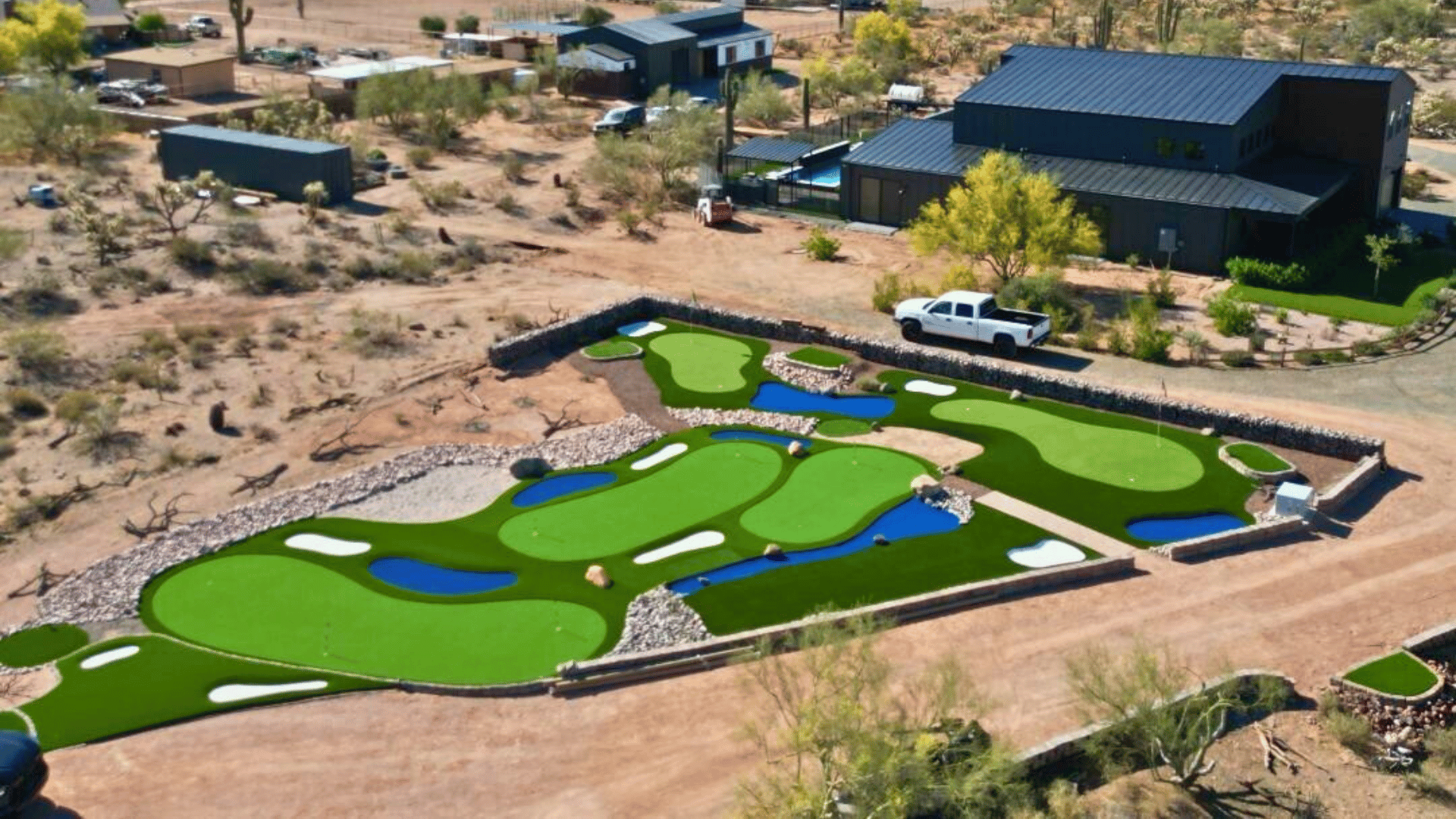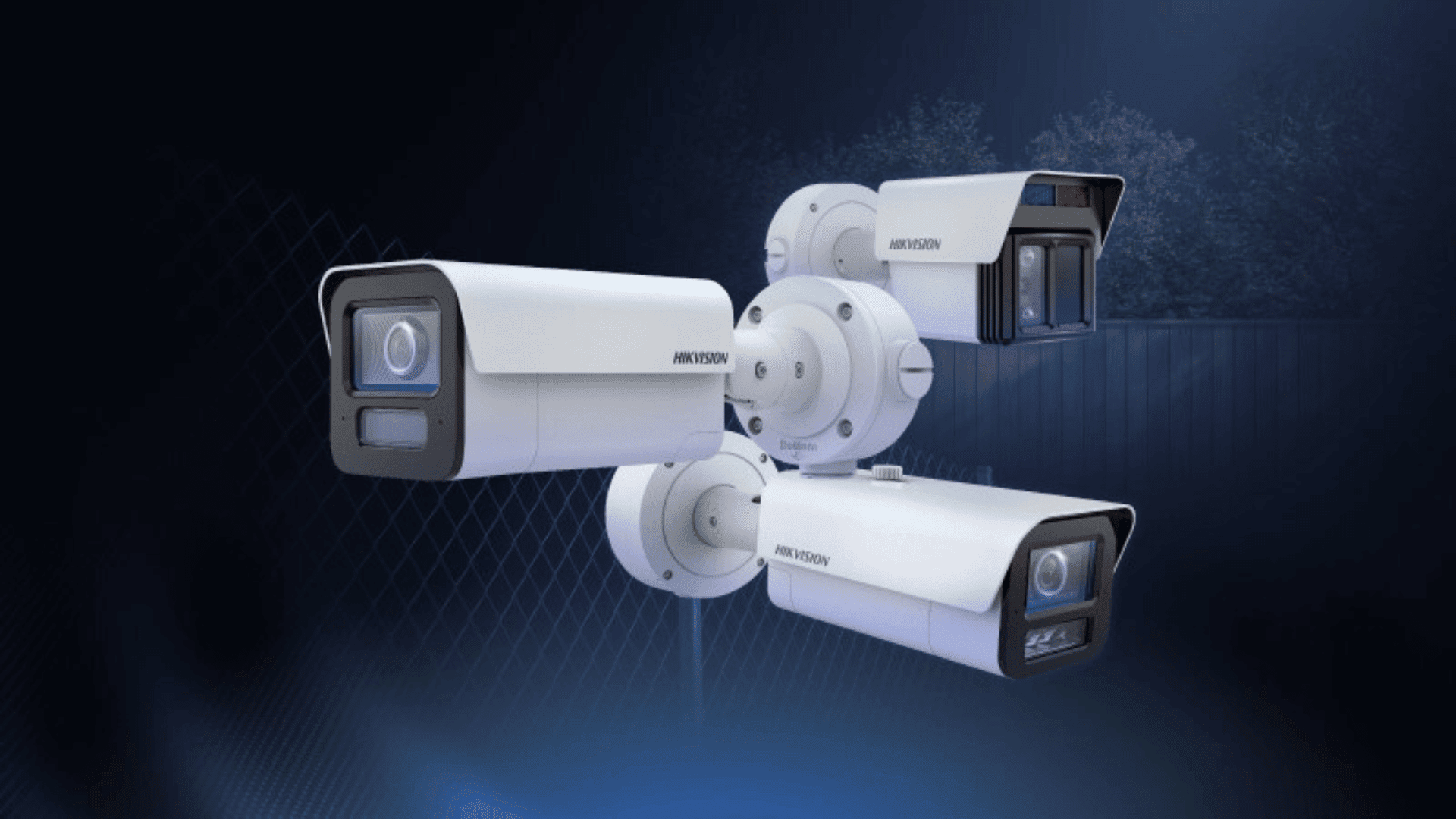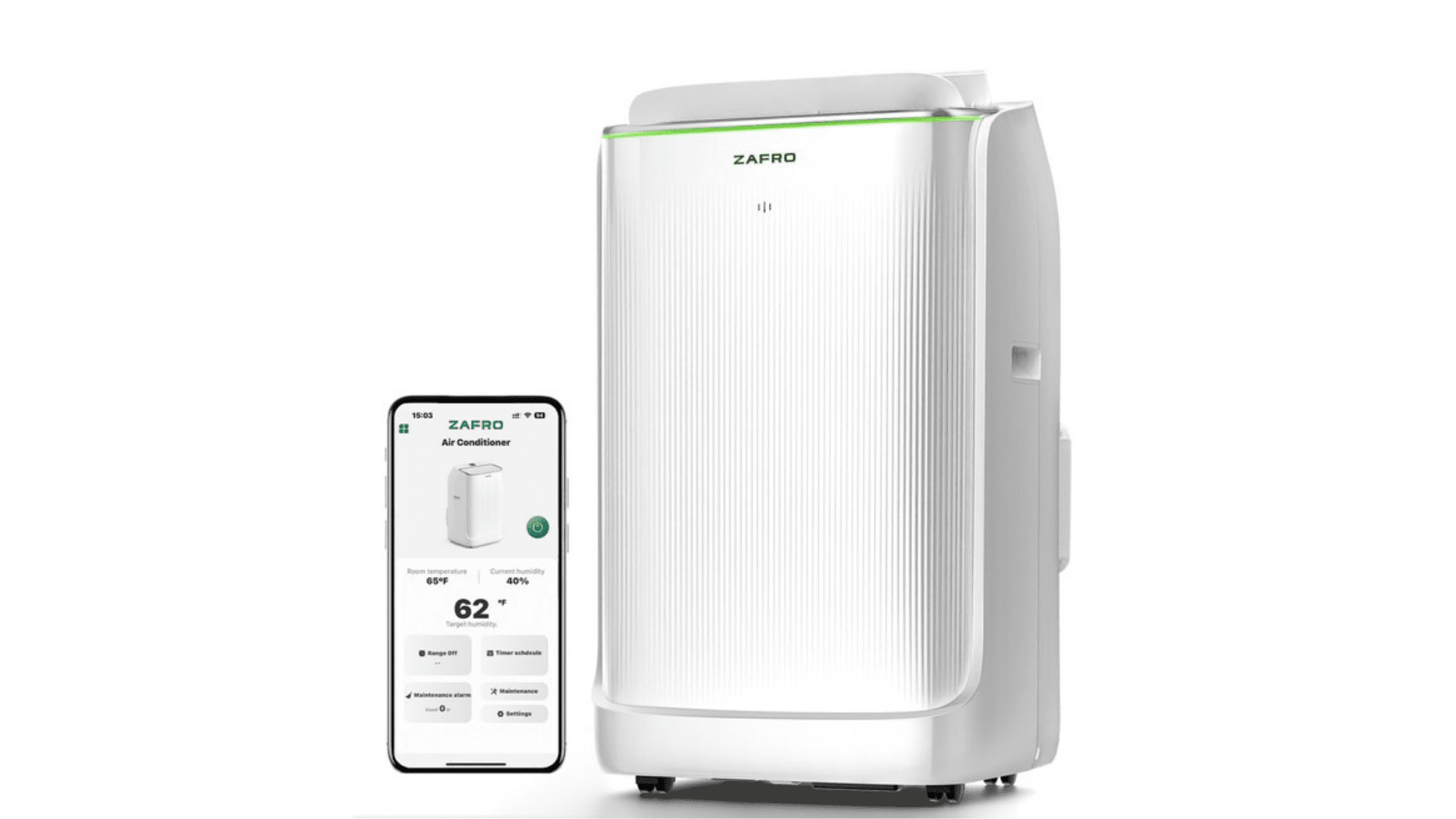Everyone has had a bad travel experience. It may have been because your flight was delayed for six hours and you had to sleep at the airport or perhaps you missed your bus and got lost in a rainy unfamiliar city, but everyone has that story. And a significant number of those stories relate to the travel seating experience. Apart from increasing the comfort of the seats themselves, travel spatial limitations have resulted in very few innovations in terms of creating a more comfortable travel seating experience. Butterfly Seating is attempting to change that.
With its flexible seating design, the Butterfly Seat allows passengers and/or operators to customize the seat settings in each flight for a more comfortable travel experience. Butterfly Seats are capable of adjusting between two upright seats and flat-bed seating that allows passengers on long flights to sleep comfortably laying down. This not only allows passengers to travel more comfortably without the need for additional space, but the ability to transform the seating also allows travel companies to better utilize their vehicles and increase their revenue as a whole cabin or a specific section of coach class can be transformed into business class and vice versa in mere seconds.
We had the opportunity to speak with Lars Rinne, Co-Founder and Commercial Director of Butterfly Flexible Seating Solutions Ltd., regarding the inspiration behind this product, how it will make an impact on the travel industry, and the company’s plans for the future.
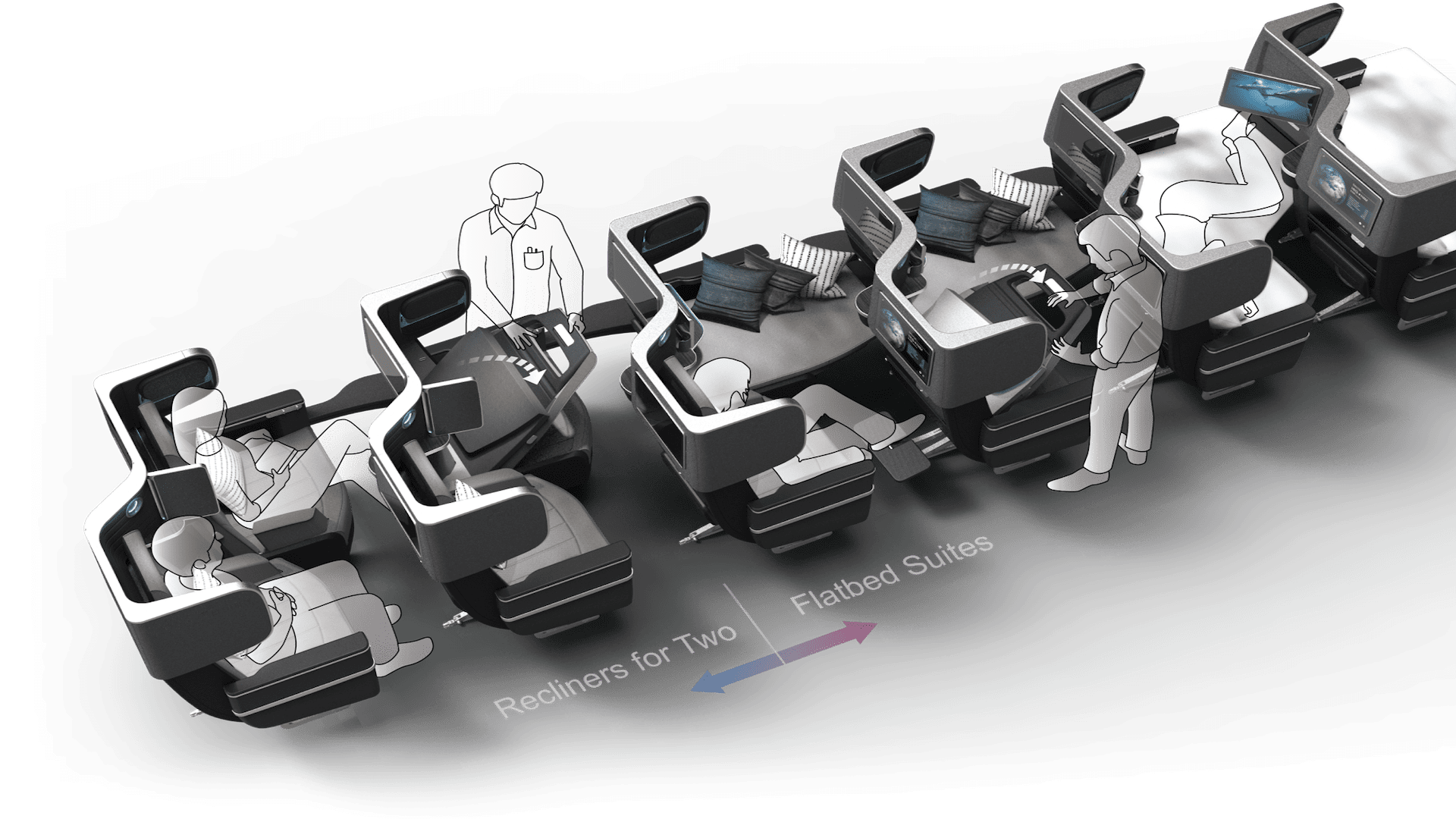
Tomorrow’s World Today (TWT): What was the original inspiration behind the Butterfly Seating design? How did you get started?
Lars Rinne (LR): I studied banking/finance/intercultural management in Germany as well as in Japan, I hold an MBA from the Hong Kong University of Science and Technology and I have worked on various international management assignments with a focus on Asia during the last 8 years. Having worked as a business consultant with a focus on M&A and restructuring of manufacturing and engineering-related companies, I have always worked closely with engineers, mechanics, and technicians. For now, I am responsible in our venture for everything that is not design related.
How did this all start? Eleven years ago, I wanted to do something different and went to Hong Kong to complete my MBA. That’s when I met my business partner, [James]. His sister was my batchmate and one day after a number of successful joint school assignments and a competition in Spain, she approached me and said, “You should meet my brother, maybe you can give some business advice on his industrial design start-up” and that one meeting has since turned into an eight-year [partnership]. More than that, it has become a truly complementary business relationship as we combine commercial/strategy and design/engineering into one voice and vision in a very unique way.
When I met James and learned about his passion for aircraft seats, I saw he had some stunning ideas. And while I was thinking, aircraft seats are not very fancy, and coming from automotive they didn’t look very sophisticated to me, I also thought, with James’ ideas we can bring a difference to the industry.… I didn’t know about all the requirements and complexity of developing, industrializing, and certifying an aircraft seat. It was maybe a bit blue-eyed but that’s honestly how it all started. Over the years of collaboration, which initially started with James winning the very prestigious Crystal Cabin design award for Butterfly, we gained a very in-depth knowledge of the whole value chain in this very niche industry which we are about to bring significant change.
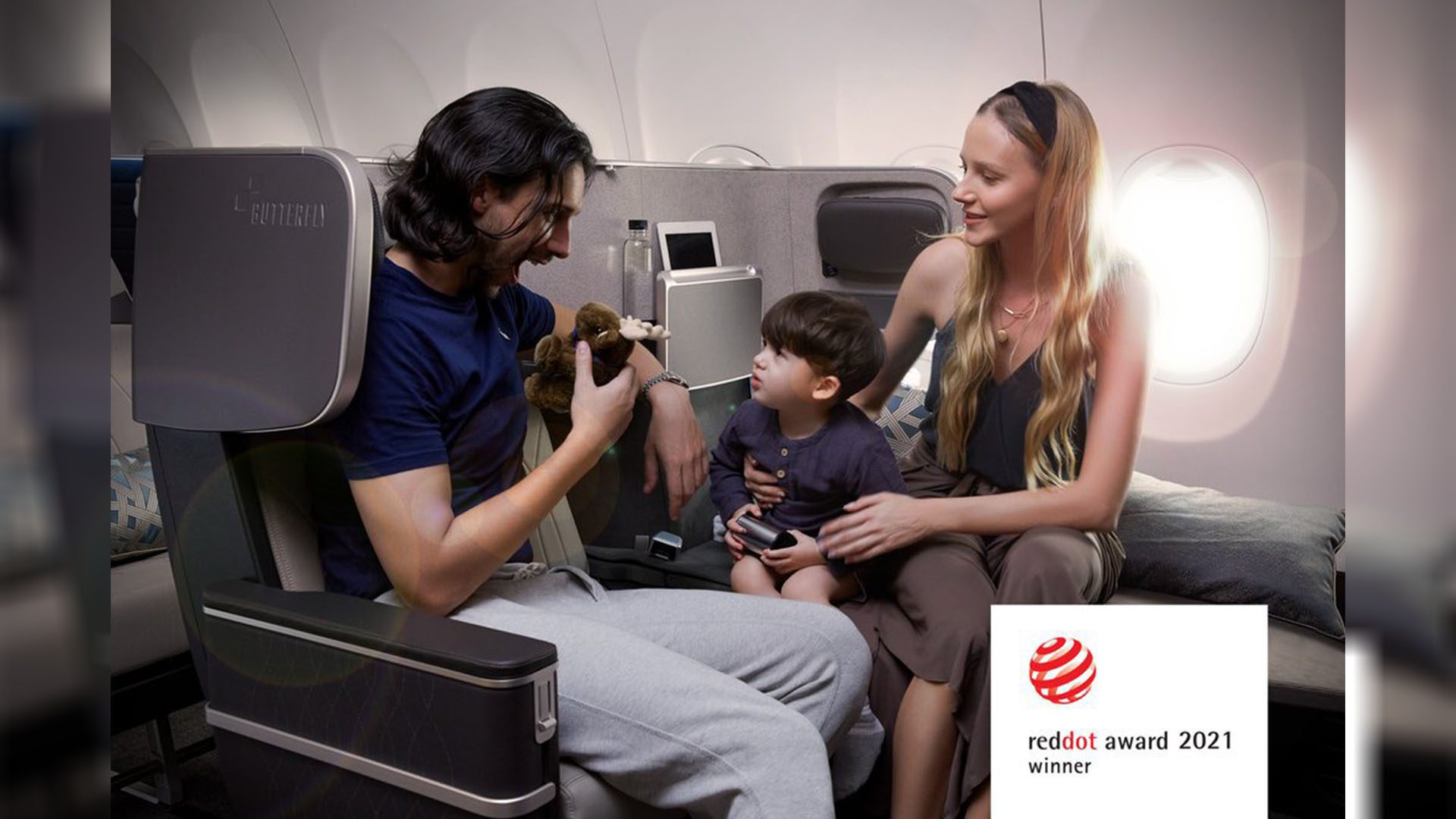
TWT: After you won the Crystal Cabin award, it must have motivated you even more.
LR: Absolutely, we applied for the IATA Passenger Innovation Award in Sand Diego which was focusing on disruptive business models in the travel industry. The jury and delegates found our proposal truly compelling and so we won first prize. That was our first joint award and we thought “now that we have a design award and a business award, what can go wrong, let’s do this together – as 50/50 partners”.
Over the years we have built a lot of demo seats, been in a partnership with Airbus, found more than 20 suppliers, also in the USA, who support us, and since 2021 we even operate our own development and certification office in Belfast, Northern Ireland which is a major global hub for aerospace engineering… That is an ongoing story and after completing our first crash test very successfully, we now need around 18 months to get this seat to the level where it can be installed on a Boeing B737, an Airbus A220/A320, or even a Chinese Comac C919.
In this industry, it’s very hard to get financial support. There’s no big venture capital investor money and we rely solely on our own savings and family money and the 20 suppliers who believe in us and provide support with their components. The problem is that this industry faces the infamous “chicken-or-egg problem”. The existing manufacturers would not lay a hand on a new aircraft seat without a launch customer commitment but airlines usually won’t commit to launching a seat that has not completed the whole development and certification process typically led by an existing manufacturer. We are determined to overcome this.
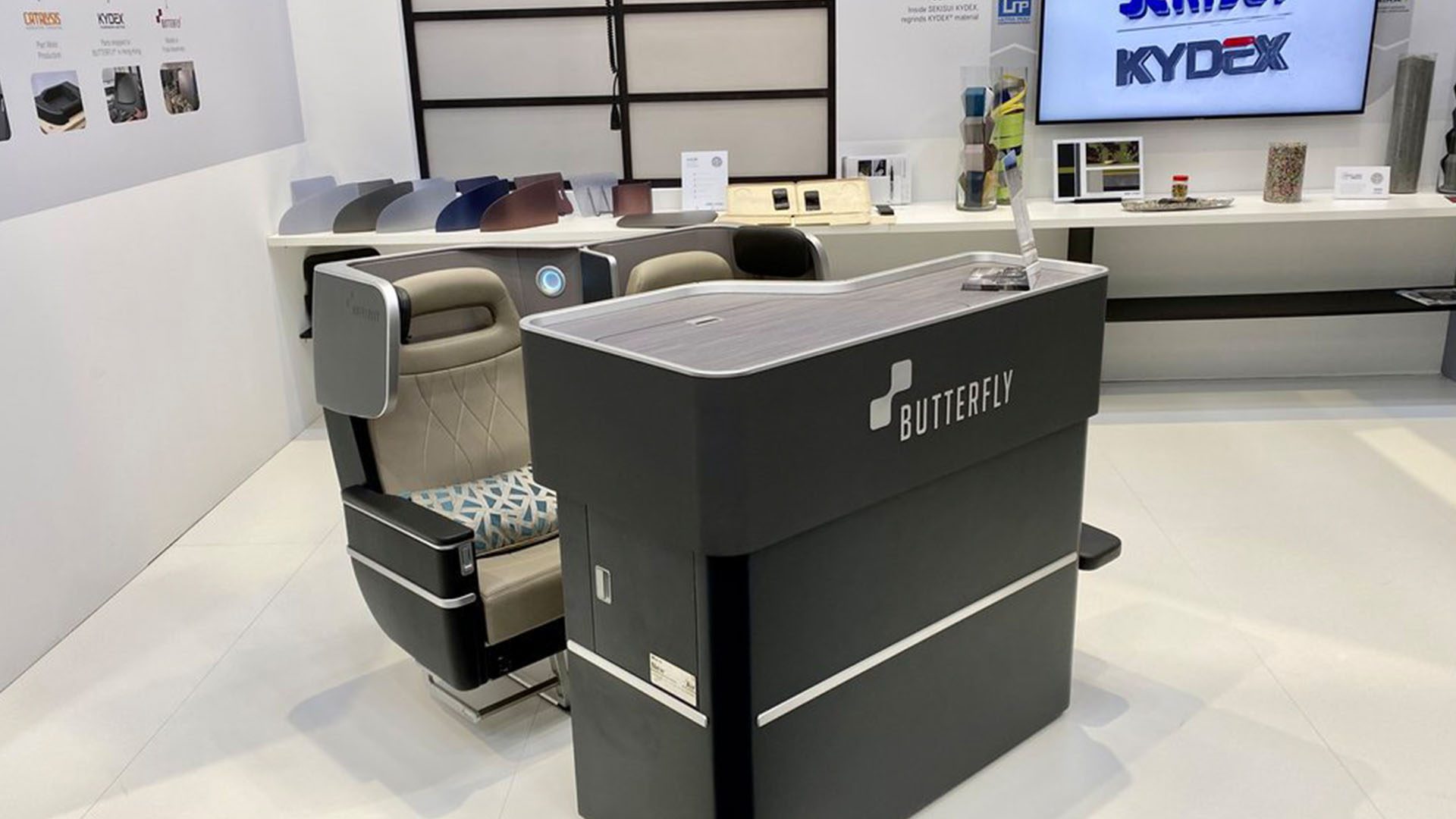
TWT: I know you’re talking a little bit about switching suppliers and how that has helped to cut some costs. Is there anything else that you guys are doing to help cut costs for yourselves or your customers?
LR: In our, manufacturing and low volume-driven, industry, you need to chase every penny. Actually, I wouldn’t say cost-cutting. It’s not the cost-cutting that’s key, it’s [not letting] the costs build up. For everything that you buy, every part, every component, and people that you hire- you need to make sure that it really starts properly. When you begin spending money without a clear investment case and going for excessive processes, you run into problems. [For example], we work with a company in Pennsylvania, Sekisui Kydex, and they were really supportive… They don’t over-promise, they’re very supportive, they’re very friendly, and they look at the cost as much as we do. Our collaboration is very effective without wasting time and money. With a small team, we achieved for Butterfly where others spend a multiple of money and people’s time.
For our customers, the cost savings come inherently with the decision to buy the Butterfly seat. Butterfly is a flexible seating solution that allows instant transformation between premium economy/regional business class, and long-haul flatbed suites. It gives operators the flexibility to adjust aircraft, motor coach, or even train cabin configuration based on real-time demand for each journey, allowing them to make the most efficient use of precious space while maximizing passenger appeal. With Butterfly, you have two products in one, and on top, you can make a few percent more revenue through flexibility. With increased hardware utilization and additional revenue, you can increase your profit tremendously. That’s the true beauty of this product.
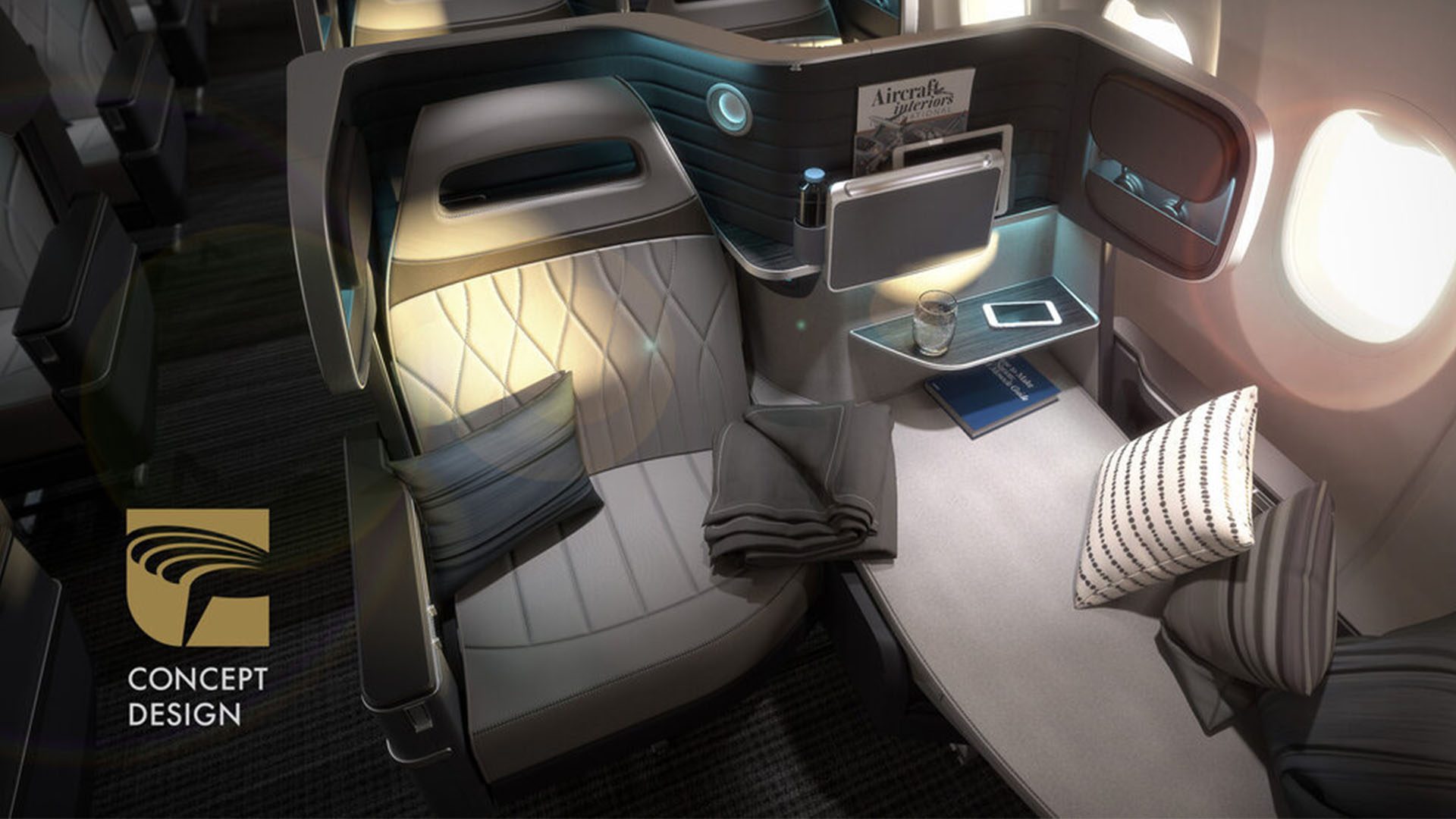
TWT: Butterfly Seating is about spatial optimization, what drew your designers to the travel industry specifically?
LR: James my business partner loves the design side of the business but he also thinks of the technical details of the final product and the daily operations. He is an aircraft-seat geek with an in-depth understanding of the mechanisms. From my experience over the years, there is no seat over all classes that he is not familiar with. [I’ll] give you an example, there’s a new movie with George Clooney coming out and there’s a little 20-sec preview [of the] movie. Just last Sunday, we were having coffee together and while talking about our upcoming strategic decisions, we were passing by a cinema with little preview screens. And then, all of a sudden, James says, oh look, that’s this [specific] seat that Air France previously used. I didn’t even see the screen and we were just passing by but it took James less than 5 seconds to identify the seat and the original airline customer of that seat model. What can I say, he is one of a kind and I truly believe that he knows all the [airline] seats in the world.
How he came up with Butterfly? Well, after his studies at MIT in the USA, James commenced his career as a management trainee in Cathay Pacific, Hong Kong’s flagship carrier. Working with their products, he thought “This is not efficient. We have two types of seats on two types of aircraft, dedicated for either short-haul or for long-haul missions. If I can design a seat that is flexible, it can create a convertible cabin, and this way the airline could save so much money – maybe not for all seats and aircraft, but certainly for a significant share of the fleet.” That’s why [James] came up with Butterfly. His idea of having two staggered seats that each can flip and individually form a couch and jointly a bed so that you can lie diagonally across, is something that nobody else has thought about before. It is so simple yet an absolute novelty that we have it patented globally in 14 major countries.
TWT: How does Butterfly Seating hope to improve the travel industry at large?
LR: Over the years we have realized that the aviation industry is too slow-moving and complex industry to generate revenue with a new innovative concept. So even though we started there, we now adapt the concept to the less complex environments of the road and rail travel industry. With this strategic move, we will have the chance to prove the feasibility and the desirability of the product itself which may also help to convince aerospace customers. So, by putting [Butterfly] on Napaway and operating it in the U.S. it will help us show potential customers that this product is [something] people really like, people want to use, and operations can easily handle.
Besides Napaway as our launch customer, we have been approached by train operators in America and in Europe which are currently looking into improving their long-distance night train offerings. This is actually quite a sustainable potential development. Because with buses and trains you can transport large numbers of people across long distances in a relative carbon dioxide efficient way. [It’s] slower than flying, but if you take the time before and after your flight into consideration, it’s definitely a very real and energy-efficient alternative.
And besides this, think about the following: If you have a family with two kids that travels in two Butterfly suites, you have a lot of flexible space. You can sleep or play a game or watch a movie like you’re on your couch back home. And who doesn’t want to have the couch from back home on the road but at the cost of a normal ticket? That’s Butterfly… it can be both, it allows the operators to be flexible and make dollars and passengers to travel relaxed and save dollars.
TWT: We talked a little bit about the plans for going into other travel industries. Are there any other plans for the future coming up?
It’s already a long way to get the seat out there for the coach, for the train, and for aviation. However, it is also important to convey the message that Butterfly is not only a seat, it’s actually a tool to create revenue, lower cost, and mitigate risk. So, my vision is, coming from business consulting, I want to create a division within our company that will help operators in every travel domain to understand the value of flexibility. Butterfly is a B2C product for the operator but Butterfly is also a B2B product that offers so much more than a place to sit or sleep.
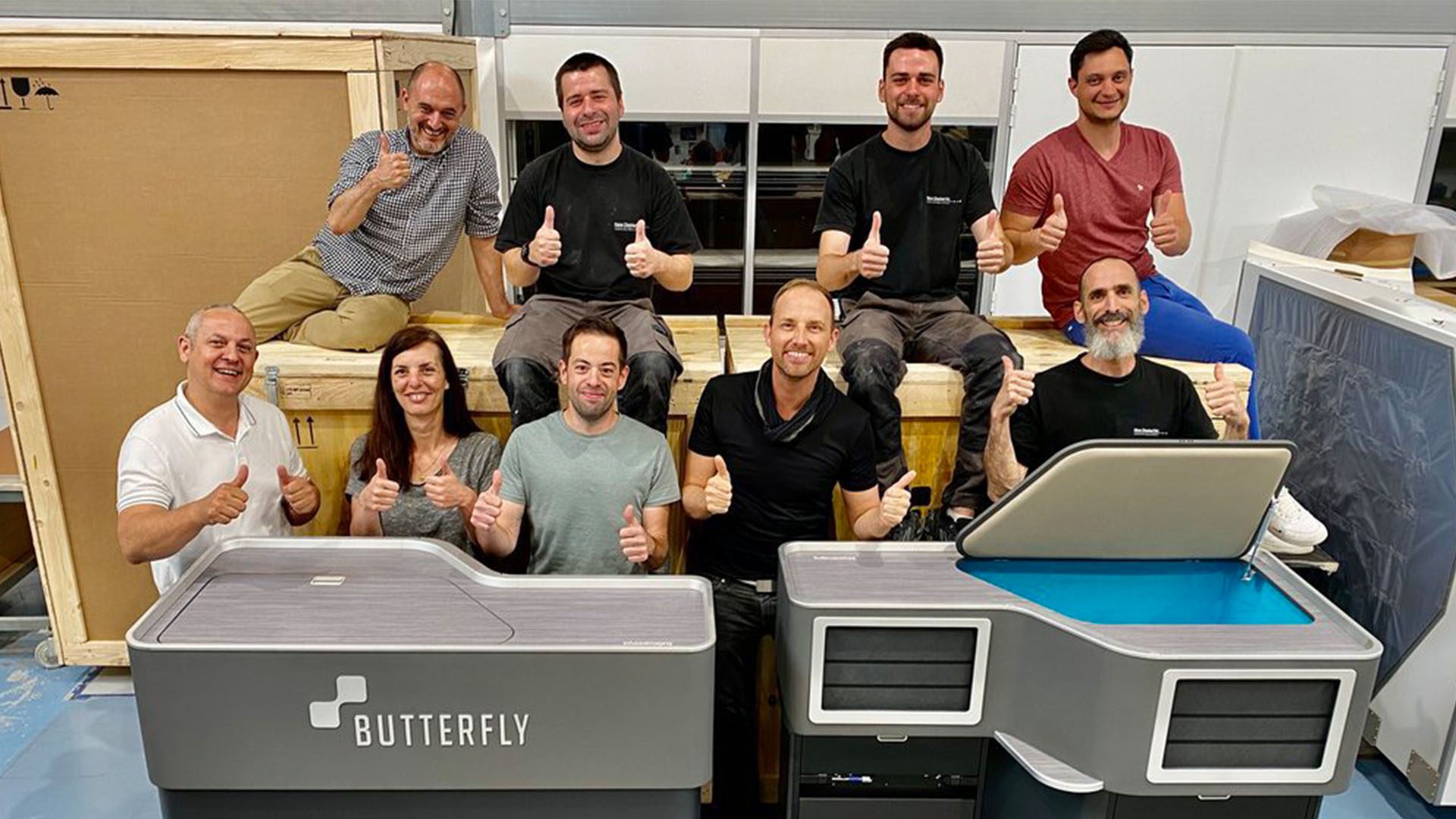
TWT: What piece of advice do you have for other aspiring travel industry start-ups?
Look very carefully at your business case. Where do you want to start with your business model? In which market, regionally or in what kind of the value chain of the travel industry? Be very careful with this business model and make sure that you talk with friends and family and experts wherever you can and get as much advice [as possible]. There is no one golden path, but it’s very important to look at a business model from different angles as sometimes it’s small things that will catch you later on. And don’t rely too much on a single money source. Sometimes it’s better just to take it slow and spend less money. Don’t go for the big bang that may come at a very high price tag.
While taking your time, you can learn and you can improve your product. Your business might evolve slower, but you will [have a higher likelihood] to succeed. I’m not saying I’m the most patient person in the world but I prefer a solid well thought through approach over taking decisions in a hasty manner.
TWT: Where do you hope to see Butterfly Seating and yourself in the future?
In terms of the company’s future, I want to make Butterfly synonymous with convertible seating. So, when people think about flexibility in travel on the hardware side, I want them to think about Butterfly.
On a personal note, I would really like to settle and build a family. My dream is to be able to book two Butterfly suites on a plane for a flight with the whole family on a very relaxed journey to North America for example. There I want to be able to buy [tickets for] on a bus that, again in Butterfly suites, takes us around the national parks. How much [more comfortably] can you explore the United States of America if not in a spacious bed or couch on wheels? You’ll relax, you’ll [sight-see], and after a long hike somewhere, you can just get back on the bus [and] sleep… that’s a very comfortable way of traveling together while actually seeing a lot.
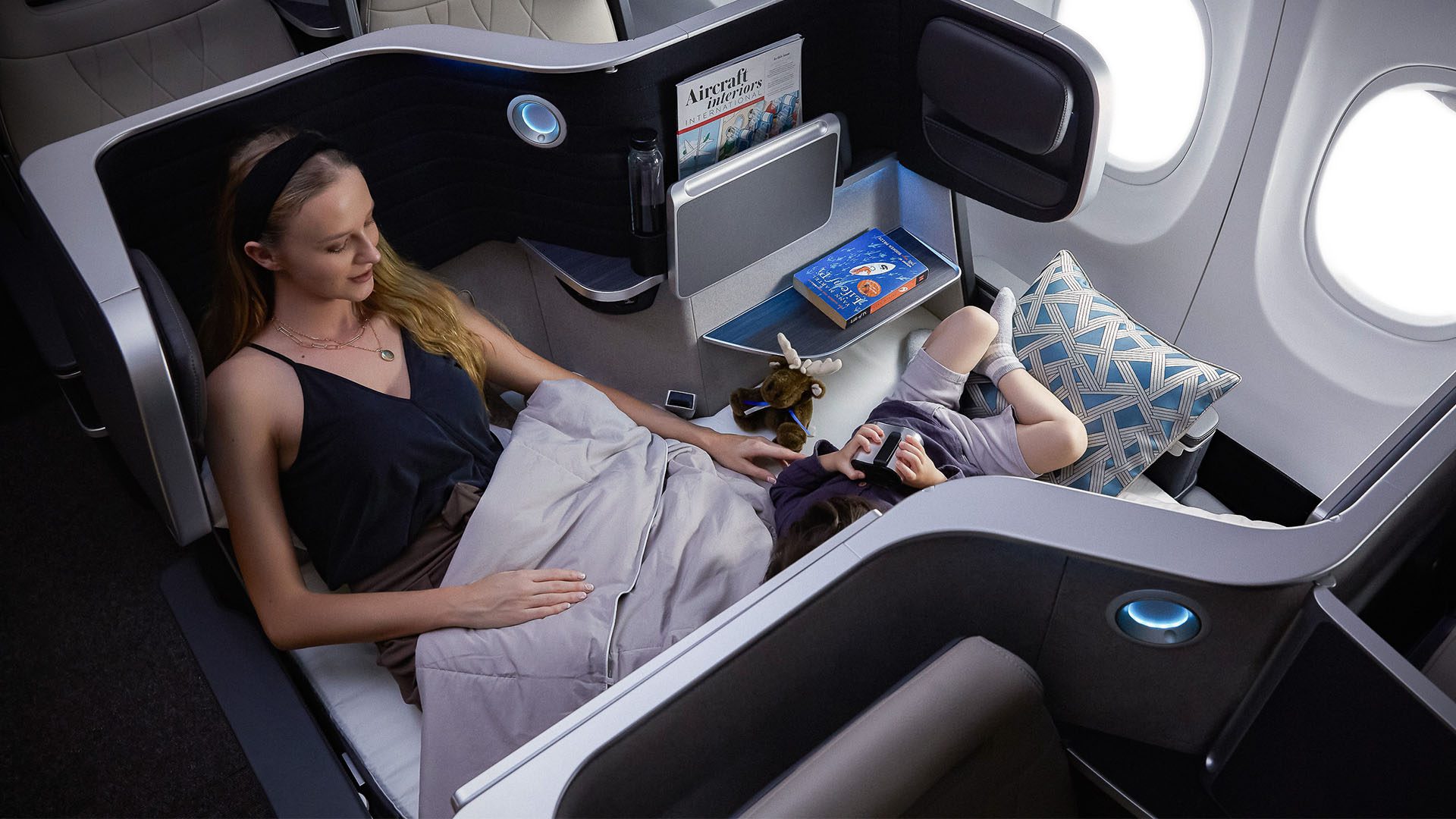
TWT: What is your favorite place you’ve ever traveled to and why?
India is a country where you need to expect the unexpected. It’s a little chaotic, but a warm and friendly country. I have explored it from north to south, east to west, and there is not one single place that is like another. [I love] to travel to places where there is truly something to discover.
For more of the latest news, check out FDA’s first approved lab-grown meat, the first digital country in the metaverse, the genetically modified houseplant that can purify air, and an AI exhibition that uses machine-learning.



